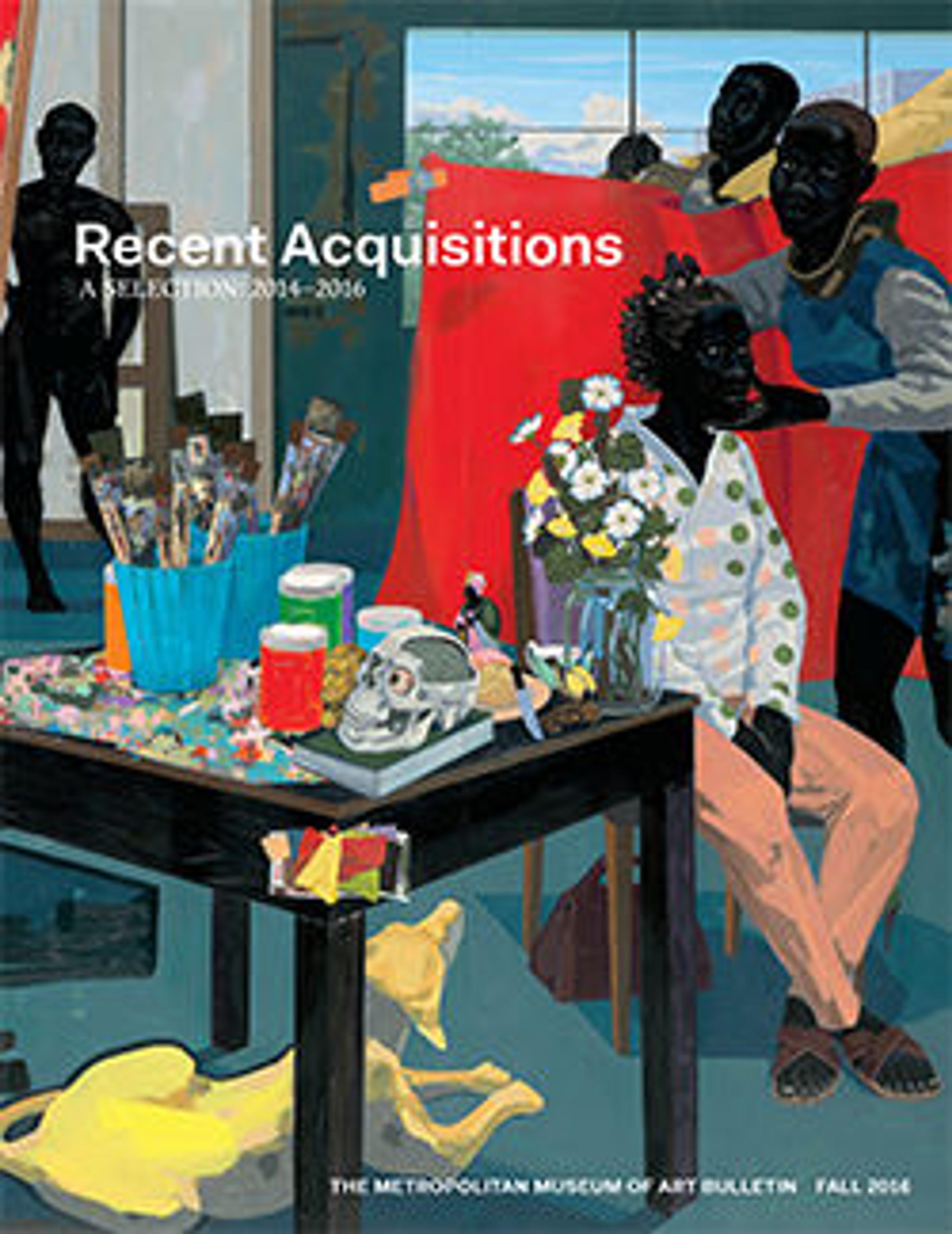Saint Francis in Ecstasy
Castiglione voraciously absorbed a range of precedents—Van Dyck, Rubens, and Rembrandt, among others—to establish unique, radical techniques of both drawing and painting. Short repeated diagonal brushstrokes build up the clothing, and rich impasto gives a tactile physicality to the still life of skull and open book. Saint Francis (1181/82–1226) is depicted on a rocky precipice, silhouetted against the evening sky at a dramatic moment of devotion to a sculpture depicting Christ’s crucifixion. By contrast, the skull and book symbolize mortality and vanities of the world.
Artwork Details
- Title:Saint Francis in Ecstasy
- Artist:Giovanni Benedetto Castiglione (Il Grechetto) (Italian, Genoa 1609–1664 Mantua)
- Date:ca. 1650
- Medium:Oil on canvas
- Dimensions:77 × 53 1/4 in. (195.6 × 135.3 cm)
- Classification:Paintings
- Credit Line:Purchase, Lila Acheson Wallace Gift; Gwynne Andrews Fund; and Gift in memory of Felix M. Warburg from his wife and children, Bequest and Gift of George Blumenthal, Bequests of Theodore M. Davis, Adele L. Lehman, in memory of Arthur Lehman, Helen Hay Whitney, Jean Fowles, in memory of her first husband, R. Langton Douglas, and Gifts of Coudert Brothers and Harry Payne Bingham Jr., by exchange, 2014
- Object Number:2014.270
- Curatorial Department: European Paintings
More Artwork
Research Resources
The Met provides unparalleled resources for research and welcomes an international community of students and scholars. The Met's Open Access API is where creators and researchers can connect to the The Met collection. Open Access data and public domain images are available for unrestricted commercial and noncommercial use without permission or fee.
To request images under copyright and other restrictions, please use this Image Request form.
Feedback
We continue to research and examine historical and cultural context for objects in The Met collection. If you have comments or questions about this object record, please contact us using the form below. The Museum looks forward to receiving your comments.
